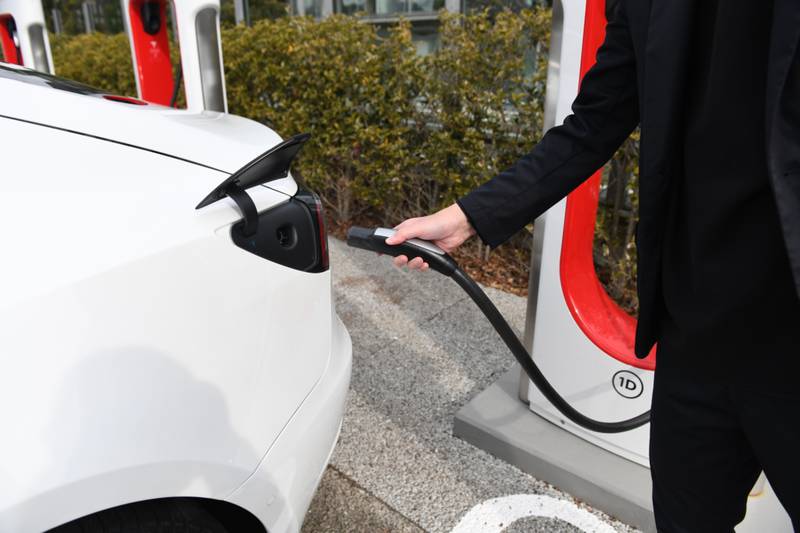Electric vehicle sales hit 6.6 million in 2021 as demand for eco-friendly options soars

Global sales of electric vehicles more than doubled to 6.6 million in 2021, as people opted for eco-friendly alternatives to traditional fuel guzzlers. The worldwide EV market currently enjoys a market share of 9 per cent in the overall car industry, more than double the 4.1 per cent share in 2020 when 3 million units were sold, and more than triple 2019's 2.5 per cent share, when 2.2 million cars were sold, according to an International Energy Agency report.
The EV market successfully navigated its way through various challenges to post unprecedented growth, according to the Paris-based agency.In 2012, about 130,000 EVs were sold — today, that is roughly the number sold in a week. “Growth has been particularly impressive over the last three years, even as the global [Covid-19] pandemic shrank the market for conventional cars and as manufacturers started grappling with supply chain bottlenecks,” the IEA said.
Tesla — the world's biggest EV manufacturer and considered to be the barometer for the health of the global EV market — delivered 936,172 vehicles in 2021, up 87.4 per cent year-on-year, beating its previous record that it had already smashed in the third quarter of last year. That resulted in a 760 per cent surge in Tesla's net profit for 2021 to more than $2.3 billion, almost $700 million more than its income in the same period of 2020.
However, the mainstream transition to EVs over the coming decades will be determined by what actions governments and the industry take today, the IEA said. Several governments, including the US and China, have taken measures and provided incentives to boost EV sales in the next decade.
The move, though, could result in a number of challenges. One is the implementation of policies to stimulate demand and convince consumers to switch from traditional petrol-powered cars. And how the EV market can cope with supply chain strains as the battery industry expands further remains to be seen.
Also critical is the infrastructure needed to increase the number of charging stations available to the public, with governments compelled to encourage investment to keep up with demand. The global market for EV charging stations is projected to grow to $6.79bn in 2021 from $5.8bn in 2020 at a compound annual growth rate (CAGR) of 17.1 per cent. It is then estimated to hit $20.49bn in 2025 at a CAGR of 31.8 per cent, according to a recent report from data provider Research and Markets.
A rise in the prices of bulk materials can also pose a challenge for the entire auto industry, the IEA said. In 2021, the price of steel rose by as much as 100 per cent, aluminium by around 70 per cent and copper by more than a third, affecting both conventional and electric cars, it added.
EVs would face the added burden in the price of their most critical component: batteries. The price of lithium carbonate surged 150 per cent year-on-year, graphite by 15 per cent and nickel by 25 per cent, the IEA said.
In January, Rystad Energy warned that EV manufacturers face a potential roadblock as prices for battery-grade lithium are poised to “skyrocket” in 2022. Research firm Gartner, which recently predicted that EV sales will rise 35 per cent this year, said in December that the global semiconductor shortage will force nearly 50 per cent of the top 10 car makers to design and produce their own chips by 2025.
EV makers are working to control costs. In October, Tesla said it changed the battery chemistry on all of its standard-range cars. Germany's Volkswagen, Europe's biggest car maker, had unveiled plans to build six large battery cell plants in Europe by the end of the decade.
“The EV value chain proved to be robust in 2021 as it managed to deliver on higher-than-anticipated demand. But for EVs to continue their current growth trajectory, battery supply chains and EV production capacity will have to expand at a rapid rate,” the IEA said.
